
Operating system (abbreviated as OS) is a computer program that manages computer hardware and software resources, and is also the core and cornerstone of a computer system. The operating system needs to handle basic affairs such as managing and configuring memory, prioritizing the supply and demand of system resources, controlling input and output equipment, operating networks and managing file systems.
Operating system The operating system manages the hardware devices of the computer, so that the application software can use these devices conveniently and efficiently.It is the lowest software, which controls all the programs running on the computer and manages the resources of the entire computer. It is the bridge between the bare metal computer and the application and the user.
Second, the operating system is a program that manages computer hardware and software resources, and is also the core and cornerstone of the computer system. The operating system is a collection of system software that controls the operation of other programs, manages resources in the management system and provides users with an operating interface.
The operating system is a system software that manages computer hardware and software resources and provides public services for computer programs. The operating system can effectively use the system, and can also include accounting software for the cost allocation of processor time, massive storage, printing and other resources.
The operating system provides a security mechanism that can prevent users from changing system settings at will and unauthorized programs from accessing system resources.The operating system provides automatic management function: the operating system provides an automatic management function that can automatically allocate and manage resources to improve the efficiency of the system.
1. It is an operating system. The operating system is a program that manages computer hardware and software resources, roughly including 5 management functions: enter Process and processor management, operation management, storage management, equipment management, file management. Compared with DOS systems, etc., it is characterized by a graphical operating system.
2. Multitasking: Windows 10 supports multitasking, allowing users to open multiple applications and files at the same time. This enables users to handle multiple tasks at the same time more efficiently.Virtualization: Windows 10 supports virtualization, allowing users to run multiple operating systems on one machine.
3. The operating system mainly includes the following functions: (Related recommendation: windows) Process management, whose work is mainly process scheduling. In the case of a single user and a single task, the processor is only exclusive to one task of one user, and the work of process management is very simple. .

The operating system (English: operating system, abbreviated as OS) is to manage computer hardware Computer programs with software resources are also the core and cornerstone of the computer system. The operating system needs to handle basic affairs such as managing and configuring memory, prioritizing the supply and demand of system resources, controlling input and output equipment, operating networks and managing file systems.
Definition of operating system: Operating system (abbreviated as OS) is a computer program that manages computer hardware and software resources, and is also the core and cornerstone of a computer system.
The operating system is a system software that manages computer hardware and software resources and provides public services for computer programs. The operating system can effectively use the system, and can also include accounting software for the cost allocation of processor time, massive storage, printing and other resources.
The main functions of the operating system are: process management, whose work is mainly process scheduling. In the case of a single user and a single task, the processor is only monopolized by one user's task, and the work of process management is very simple.
Functions of the operating system: process management, whose work is mainly process scheduling, in a single user and a single taskIn this case, the processor is only exclusive to one user's task, and the process management work is very simple.
The functions of the operating system are: process management: central processor. In the case of macro kernels, multiple processes only switch processes simply and quickly so that each process can run. In the case of multi-core or multi-processor, all processes are converted on each processor or core through many collaborative technologies.
Device Management: Responsible for the management and control of computer hardware equipment, providing functions such as driving, buffering, interrupt processing, peripheral management, etc. of online devices.
Binance download iOS-APP, download it now, new users will receive a novice gift pack.
Operating system (abbreviated as OS) is a computer program that manages computer hardware and software resources, and is also the core and cornerstone of a computer system. The operating system needs to handle basic affairs such as managing and configuring memory, prioritizing the supply and demand of system resources, controlling input and output equipment, operating networks and managing file systems.
Operating system The operating system manages the hardware devices of the computer, so that the application software can use these devices conveniently and efficiently.It is the lowest software, which controls all the programs running on the computer and manages the resources of the entire computer. It is the bridge between the bare metal computer and the application and the user.
Second, the operating system is a program that manages computer hardware and software resources, and is also the core and cornerstone of the computer system. The operating system is a collection of system software that controls the operation of other programs, manages resources in the management system and provides users with an operating interface.
The operating system is a system software that manages computer hardware and software resources and provides public services for computer programs. The operating system can effectively use the system, and can also include accounting software for the cost allocation of processor time, massive storage, printing and other resources.
The operating system provides a security mechanism that can prevent users from changing system settings at will and unauthorized programs from accessing system resources.The operating system provides automatic management function: the operating system provides an automatic management function that can automatically allocate and manage resources to improve the efficiency of the system.
1. It is an operating system. The operating system is a program that manages computer hardware and software resources, roughly including 5 management functions: enter Process and processor management, operation management, storage management, equipment management, file management. Compared with DOS systems, etc., it is characterized by a graphical operating system.
2. Multitasking: Windows 10 supports multitasking, allowing users to open multiple applications and files at the same time. This enables users to handle multiple tasks at the same time more efficiently.Virtualization: Windows 10 supports virtualization, allowing users to run multiple operating systems on one machine.
3. The operating system mainly includes the following functions: (Related recommendation: windows) Process management, whose work is mainly process scheduling. In the case of a single user and a single task, the processor is only exclusive to one task of one user, and the work of process management is very simple. .

The operating system (English: operating system, abbreviated as OS) is to manage computer hardware Computer programs with software resources are also the core and cornerstone of the computer system. The operating system needs to handle basic affairs such as managing and configuring memory, prioritizing the supply and demand of system resources, controlling input and output equipment, operating networks and managing file systems.
Definition of operating system: Operating system (abbreviated as OS) is a computer program that manages computer hardware and software resources, and is also the core and cornerstone of a computer system.
The operating system is a system software that manages computer hardware and software resources and provides public services for computer programs. The operating system can effectively use the system, and can also include accounting software for the cost allocation of processor time, massive storage, printing and other resources.
The main functions of the operating system are: process management, whose work is mainly process scheduling. In the case of a single user and a single task, the processor is only monopolized by one user's task, and the work of process management is very simple.
Functions of the operating system: process management, whose work is mainly process scheduling, in a single user and a single taskIn this case, the processor is only exclusive to one user's task, and the process management work is very simple.
The functions of the operating system are: process management: central processor. In the case of macro kernels, multiple processes only switch processes simply and quickly so that each process can run. In the case of multi-core or multi-processor, all processes are converted on each processor or core through many collaborative technologies.
Device Management: Responsible for the management and control of computer hardware equipment, providing functions such as driving, buffering, interrupt processing, peripheral management, etc. of online devices.
OKX Wallet app download for Android
author: 2025-02-01 01:41 Binance download
Binance download
372.98MB
Check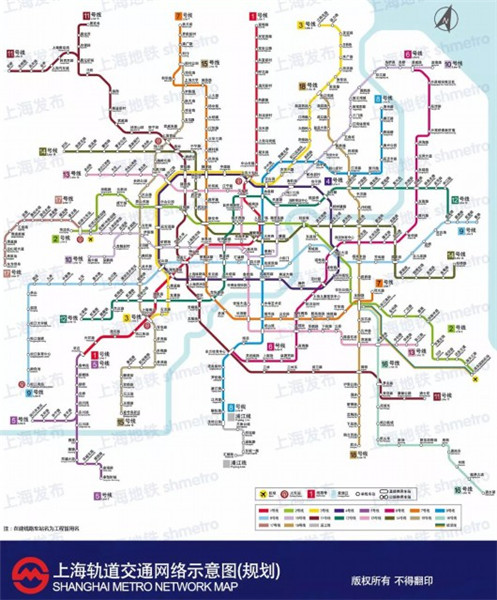 Binance wallet
Binance wallet
494.95MB
Check Binance app
Binance app
168.12MB
Check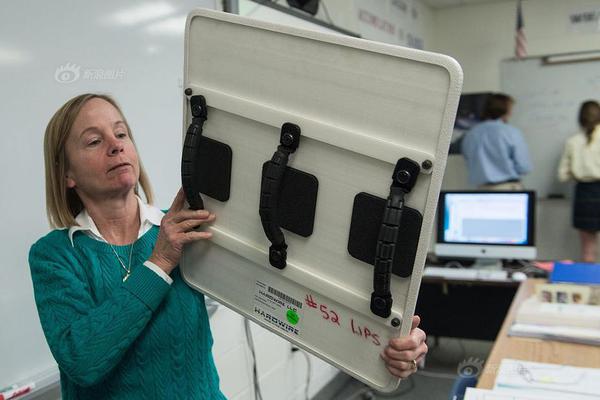 Binance app
Binance app
138.83MB
Check Binance login
Binance login
359.22MB
Check Binance Download for PC
Binance Download for PC
691.43MB
Check Binance app
Binance app
721.19MB
Check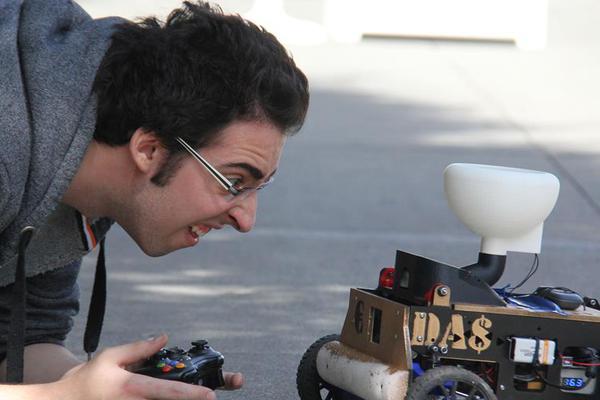 Binance login
Binance login
385.26MB
Check Binance exchange
Binance exchange
323.56MB
Check Binance download APK
Binance download APK
522.21MB
Check OKX Wallet apk download latest version
OKX Wallet apk download latest version
471.86MB
Check Binance login
Binance login
928.27MB
Check OKX Wallet
OKX Wallet
425.21MB
Check Okx app download
Okx app download
866.87MB
Check Binance exchange
Binance exchange
222.27MB
Check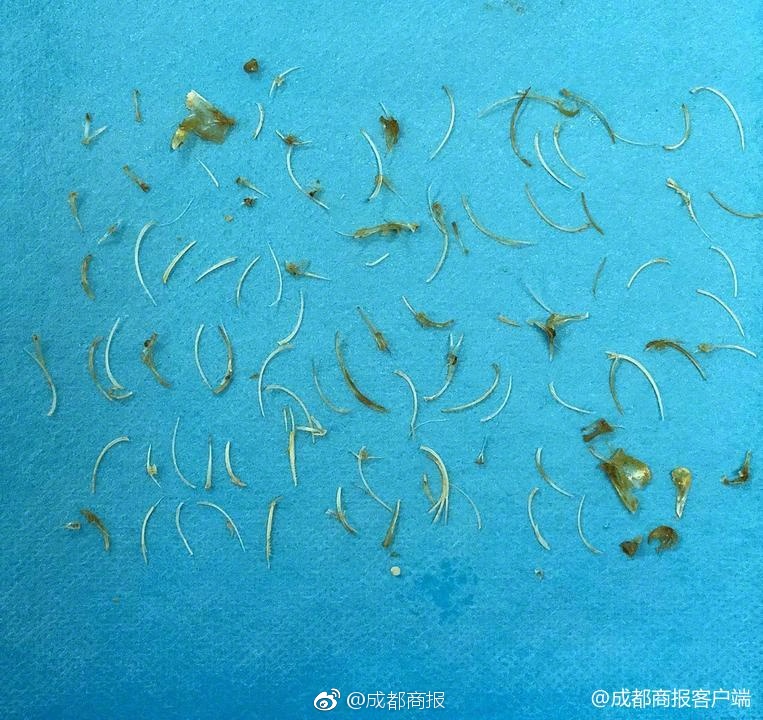 OKX Wallet app
OKX Wallet app
121.59MB
Check Binance app download Play Store
Binance app download Play Store
974.74MB
Check OKX Wallet to exchange
OKX Wallet to exchange
948.14MB
Check OKX app
OKX app
826.24MB
Check Binance download
Binance download
875.17MB
Check Binance APK
Binance APK
846.62MB
Check OKX Wallet
OKX Wallet
667.37MB
Check Binance exchange
Binance exchange
125.43MB
Check OKX Wallet extension
OKX Wallet extension
125.13MB
Check Binance app download Play Store
Binance app download Play Store
899.85MB
Check Binance app
Binance app
747.87MB
Check Binance US
Binance US
574.28MB
Check Binance app
Binance app
583.11MB
Check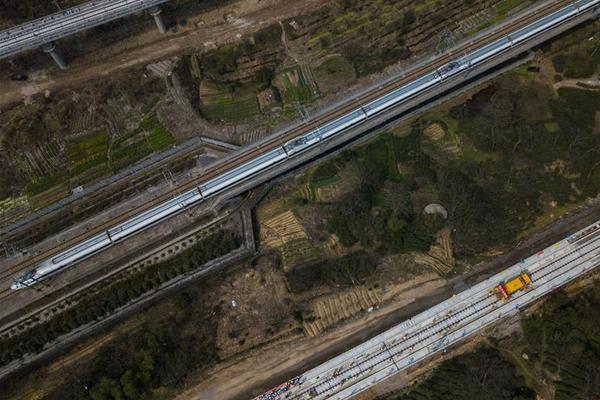 Binance exchange
Binance exchange
898.94MB
Check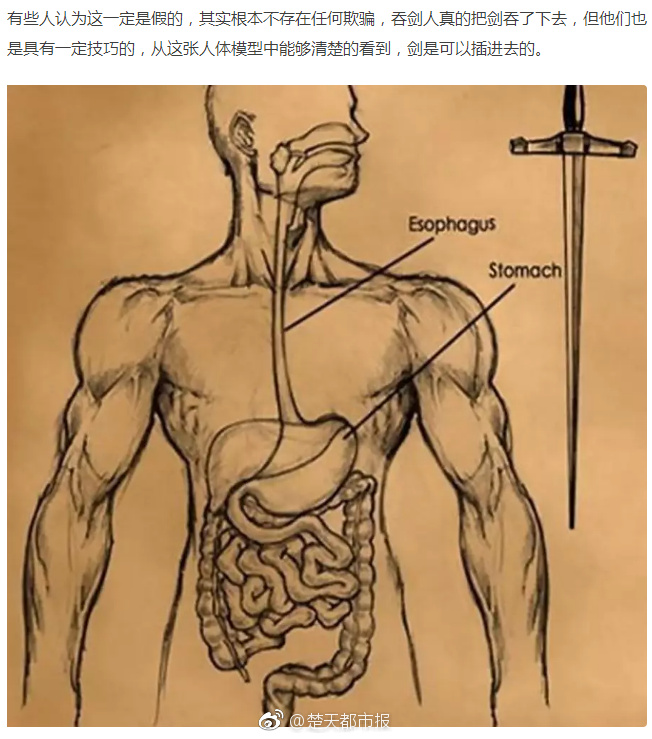 Binance download iOS
Binance download iOS
558.68MB
Check Binance market
Binance market
566.91MB
Check Binance app
Binance app
275.52MB
Check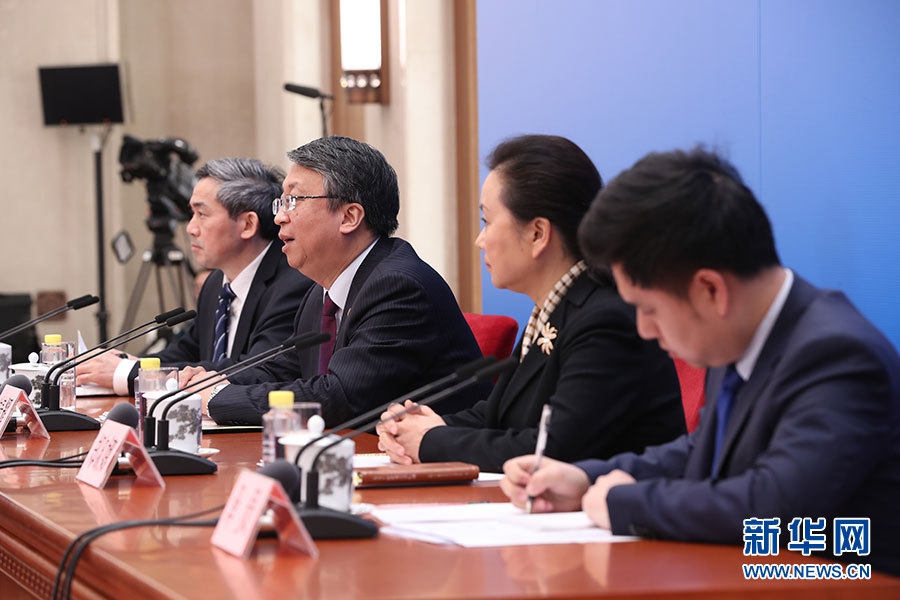 OKX Wallet extension
OKX Wallet extension
271.22MB
Check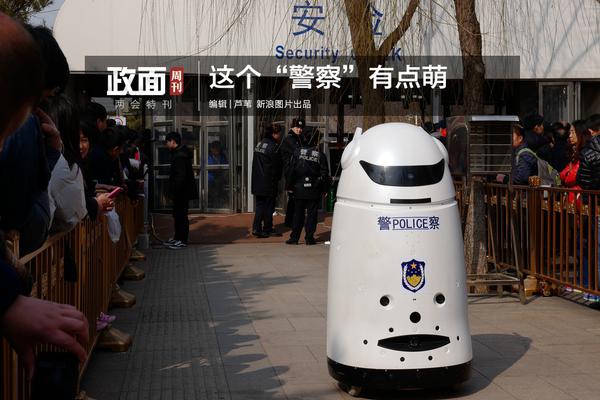 Binance US
Binance US
386.36MB
Check Binance wallet
Binance wallet
445.72MB
Check Binance app
Binance app
758.43MB
Check
Scan to install
Binance download iOS to discover more
Netizen comments More
546 眼疾手快网
2025-02-01 03:28 recommend
1532 抠心挖肚网
2025-02-01 03:12 recommend
2146 天下为家网
2025-02-01 01:28 recommend
2606 三户亡秦网
2025-02-01 01:20 recommend
2176 珍禽奇兽网
2025-02-01 01:12 recommend